NetRefer’s Cultural Traveller – David Takes Us to the Roads Less Travelled in Rio & Sao Paulo
David Buhagiar – our twelfth Cultural Traveller – is NetRefer’s own Sales Manager. David is a Maltese national with extensive experience living and working abroad, both in the U.K. and in Brazil. During his time there, he built up a lot of knowledge about the Latin American market in a range of managerial and lead positions. And while living in Brazil, David took the time to explore and familiarize himself with Brazilian lifestyle and culture to the fullest, which helped round out his professional outlook and mindset. Then, about two years ago, he brought his knowledge with him to NetRefer, which he now shares with us.
David was living in Sao Paulo. However, he chose to speak about both Sao Paulo and Rio De Janeiro as he believes both have equal amounts of Brazilian culture and lifestyle to offer in their own unique ways. He opens up on which are some of the most fabulous beaches in the world, gigantic parks and gardens, sprawling cities, with both modern and traditional pockets, popular nightlife spots and day tour destinations, as well as the tasty cuisine highlights and the most peculiar souvenirs. Join us as David takes us on a tour of the vibrant Sao Paolo and Rio De Janeiro, Brazil!
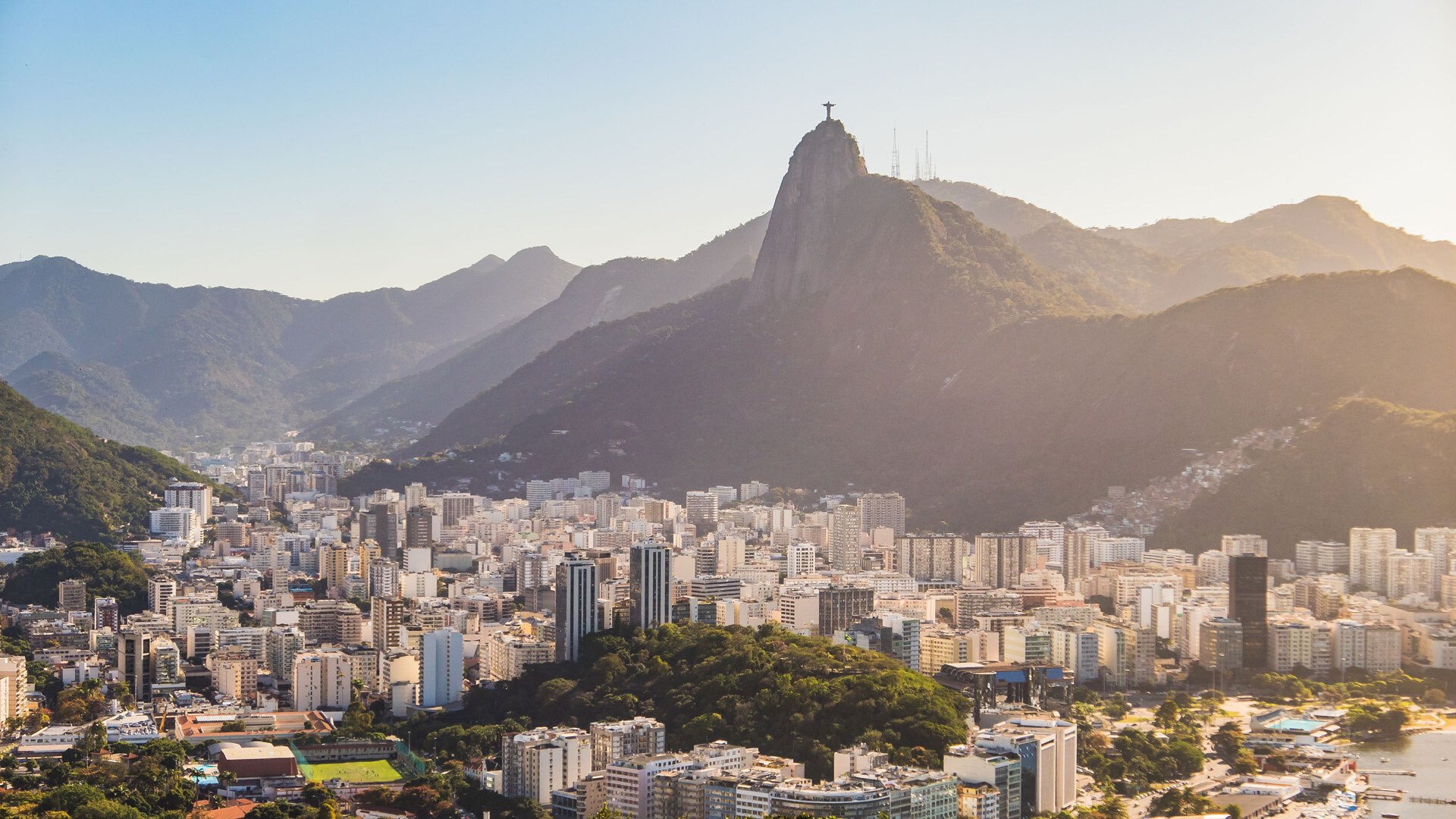
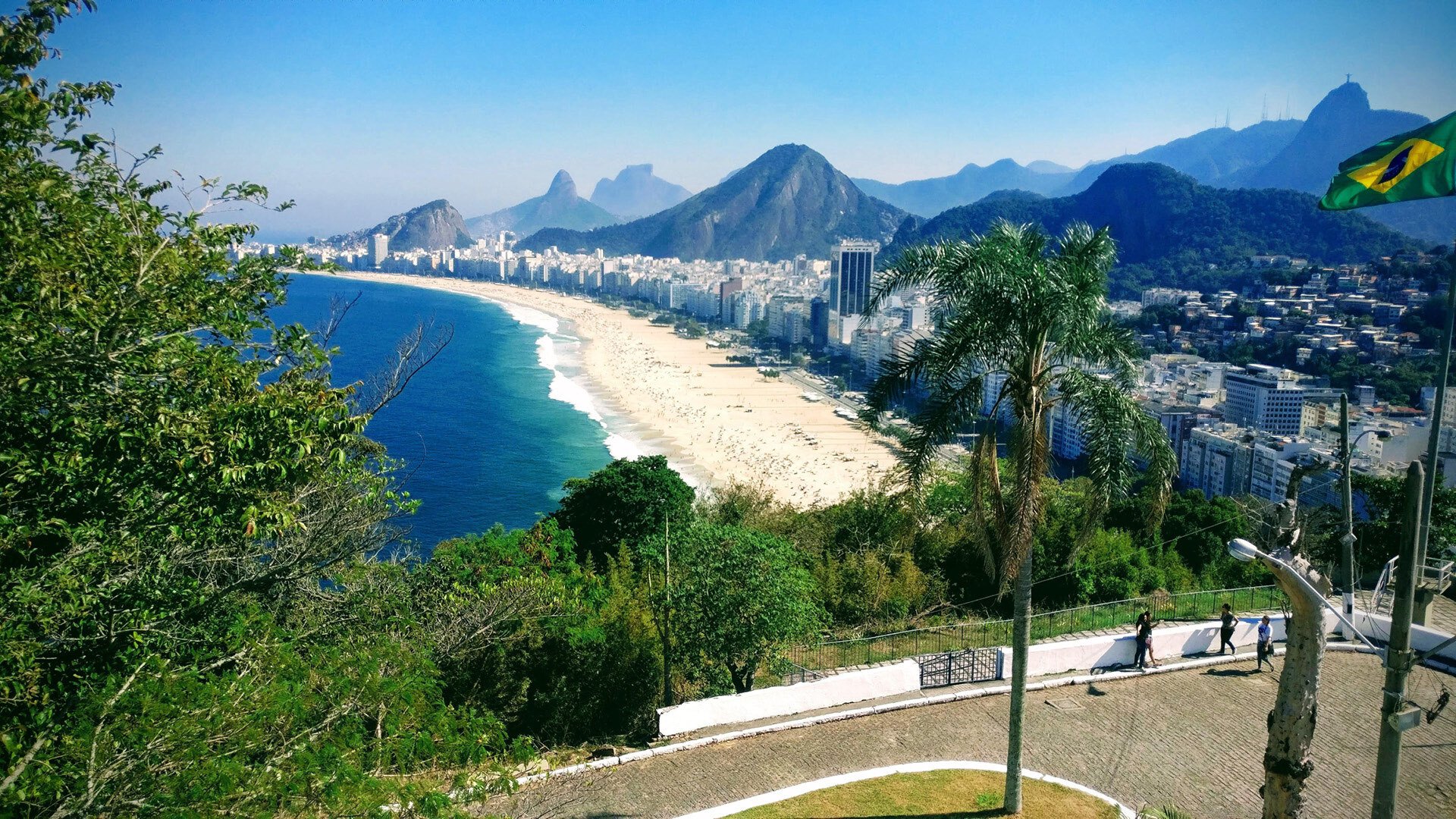
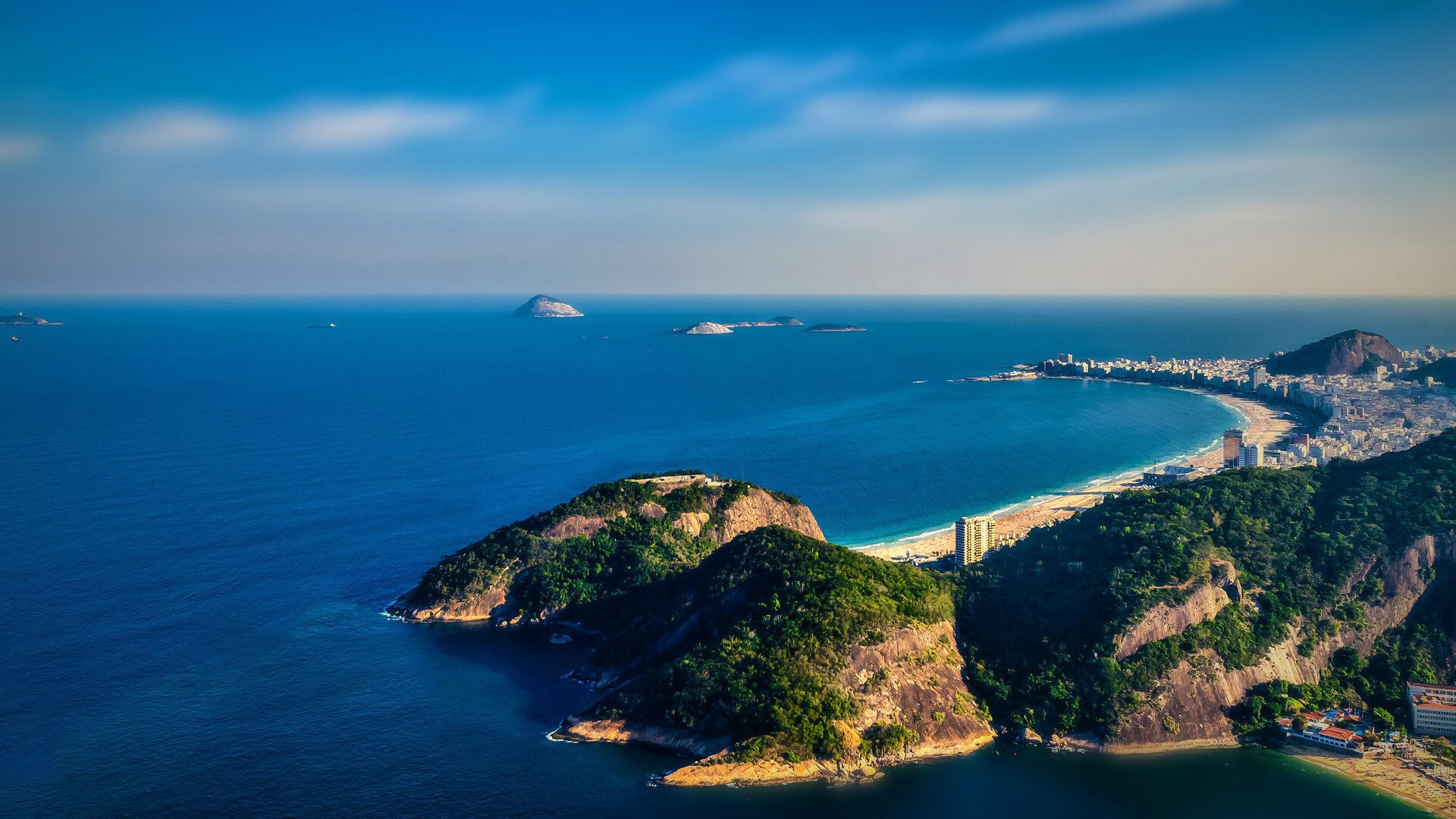
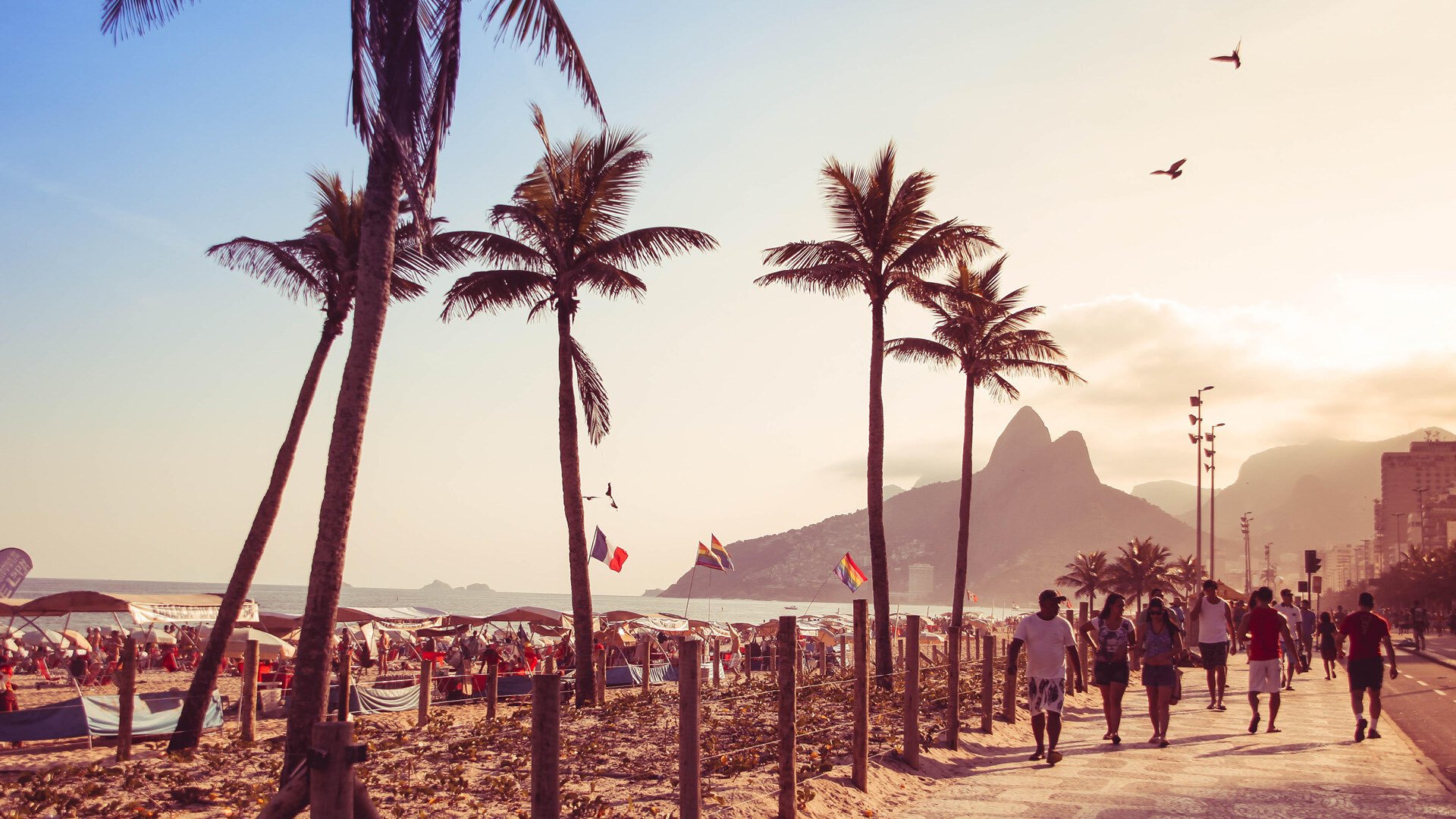

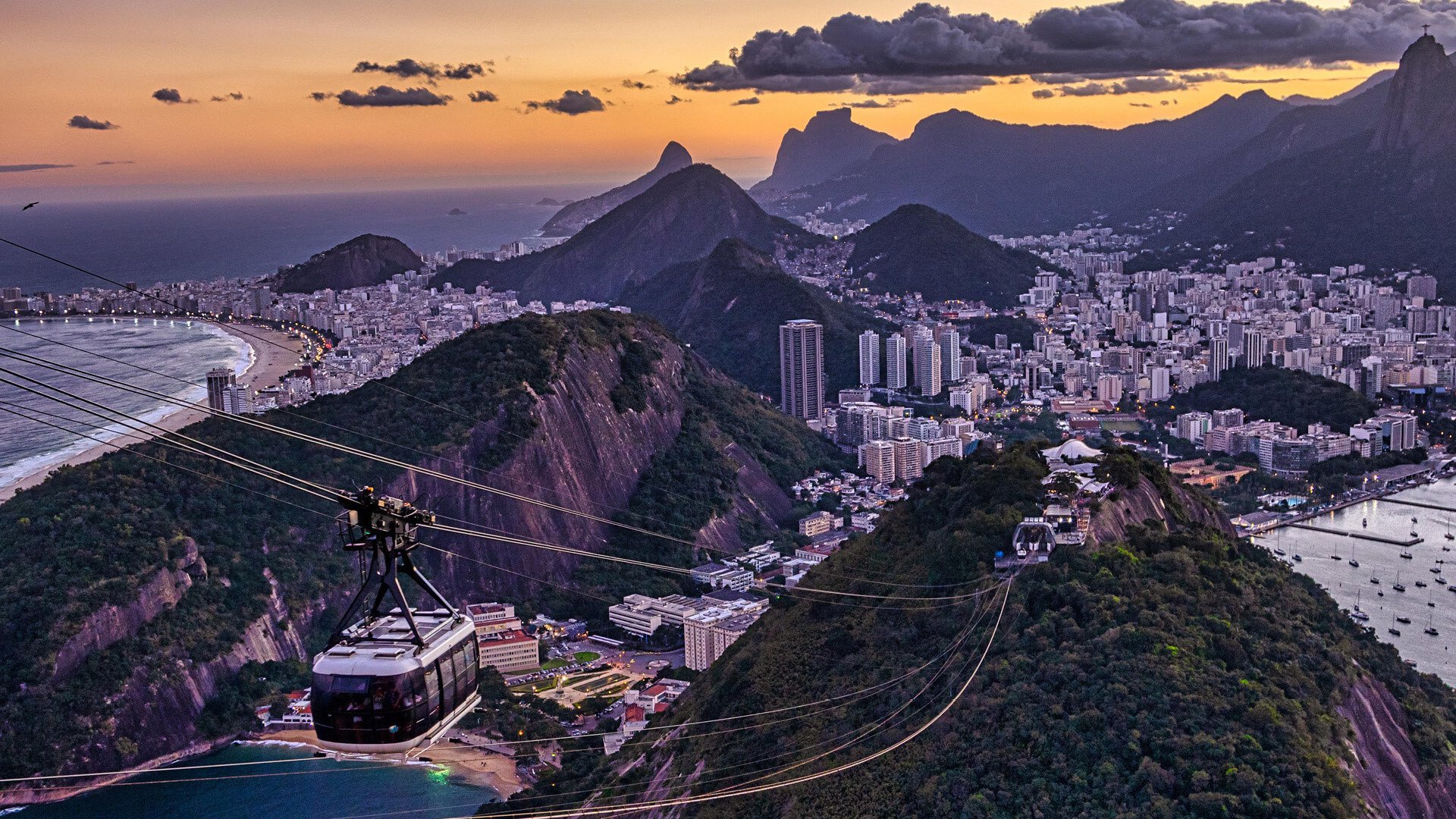
1. What makes Rio and Sao Paulo unique?
Just one hour flight from each other, Rio and Sao Paulo offer the best in day and nightlife respectively Brazil can offer. You can expect to find any aspect of Brazilian life and culture at these two destinations.
Rio is renowned for being the home of the world-famous Christ the Redeemer statue. Meanwhile, Sao Paulo is the fourth largest city in the world by population, usually considered the New York of South America.
2. What are must-visit neighbouring cities and towns, and why?
Starting with Rio, you’ll want to add Paraty Town to your itinerary for its historical heritage. The highlight there is a very well-preserved and UNESCO-listed colonial town surrounded by mountains and an attractive coastal region.
Close by, you’ll find Ilha Grande. Beach lovers will be spoilt for choice because this place is truly a picture-perfect tropical paradise. The same goes for Arraial do Cabo, with its beaches covered in the whitest sand. And for something on the same lines but more exclusive, there’s Buzios – the summer playground of the rich.
At just a two-hour drive away from the city centre of Sao Paulo, you’ll find the coastal regions of Santos and Guaruja. These consist of endlessly sprawling beach stretches. And similarly, Ilhabela – meaning Beautiful Island – is another tropical island paradise in this region of Brazil, and it really lives up to its name.

3. What are staple historical sites any visitor should see in Rio and Sao Paulo? How about ones off the beaten track?
Sugarloaf Mountain in Rio is an almost 400-metre tall peak that sits on a península in Guanabara Bay in the Atlantic Ocean. It earned its name due to its particular shape.
Ipanema Beach is yet another seaside wonder, this time in Rio. And yes, it’s the one referred to in the famous 1962 song, The Girl from Ipanema.
The name Botanical Garden might mislead you into believing that since its a garden, it’s probably small. This stretch of land that houses all sorts of vegetation and wildlife is massive, with its 800-yard long rows of giant palm trees being a true sight to behold.
Copacabana Fort, located on the beach by the same name offers patrons a full view of the same beach as well as of Leme and Diablo beaches. Originally purposed for reinforcing defense in Guanabara bay, it was later made defunct and turned into an Army History Museum that caters for visitors with two great cafés.
Escadaria Selaron is a restorative art Project carried out by painter Jorge Selarón in the 90s. The result steps covered in tile fragments the colour of the Brazilian flag.
Maracana stadium complex is the largest football stadium in Brazil and the second in all South America. Since it’s opening in 1950, it has hosted up of 150,000 people more than once.
Off the beaten track, Pedra do Telegrafo, is a stone protrusion people love to take photos at to create the death-defying illusion that they are hanging high above ground level. It’s fun and worthwhile if you don’t mind the distance you need to travel from the city to get there.
When in Rio, do like the Rio-ans and sign up for dance lessons at a Samba school. Not only does this add a few slick moves to your jiving arsenal but it’s a welcome skill to have when you want to mix and socialize with the locals at a festival or anywhere you see people enjoying themselves dancing.
Now onto, Sao Paolo. Among the several museums worth checking out, Sao Paolo Museum of Art (MASP) stands out, especially due to it being a landmark of modern Brazilian architecture. It houses over 8,000 pieces, among which, the largest collection of European art in the Southern Hemisphere.
Equally remarkable but stylistically different is the Pinacoteca do Sao Paulo – a state museum housed in a 1900 building. It’s collection consists mainly of Brazilian pieces, also including works by Pablo Picasso.
Batman’s Alley is the nickname given to one of the streets covered with most graffiti. One interesting fact about this place is that it might not be the same ever time you visit again as more street works of art are constantly being added.
Ibirapuera Park is a huge urban park covering 158 hectares of land, and is officially the most visited park in all of South America. It’s one of the most photographed parks in the world, and hosts several museums and a music hall as well as large-scale events.
Off the beaten track, you can take a stroll in Rua 25 de Março a popular shopping street in Sao Paulo.
Chinatown in Liberdade gives you ample choice of stores selling authentic food ingredients as well as a slew of Chinese, Japanese and Korean restaurants, mainly run by expats from respective countries.

4. If you were an outdoors/trekking type of person, where would you go?
Natural scenery both in Rio and Sao Paulo and in surrounding areas is as breath-taking as it’s vast. Apart from all the parks and coastal areas already mentioned above, Rio has Tijuca National Park while Sao Paulo has Cantareira State Park.
Tijuca National Park is yet another massive tropical park, best explored by jeep. It has everything from a spectacular waterfall, a pretty, little chapel, and is dense with peculiar types of trees and vegetation.
Cantareira State Park is set in the Serra da Cantareira mountain range plays an important conservational role as it protects both an important part of the Atlantic Forest as well as providing a substantial part of the city’s war supply. It has four visitor centres and a lookout that climbs to 1,010 metres of altitude.

5. If someone’s a foodie, any particular types of food or drink you’d recommend and spots to try them out? How about if you’re a sweet tooth?
Brazilian cooking varies across regions and it reflects a lot the mix of different ethnic groups that immigrated and mixed with the natives. Despite differences, there are some staple dishes you can find just about anywhere.
A must-try dish is Feijoada. A stew using black beans, beef and pork among other ingredients, originating in the Portuguese-speaking world.
Then, there’s Farofa – a side-dish that uses yuca or cassava flour. There are different variations of this dish depending on family récipe.
Moqueca – a word originating in the Kimbundu language – is a seafood stew that uses shrimp or fish as its base along with other ingredients, including tomatoes, onions,. Garlic, lime and coriander.
Among many things, Brazilian cuisine is famous for its meat. Picanha is a particular cut of beef, first popularized in Brazil, and later taken to Portugal. A true steak-lovers delight!
If you’re hunting around for tasty street food, check out Pastel. It’s similar to an empanada but with a thinner kind of dough. There’s a variety of fillings to choose from, such as ground meat or chicken, codfish, cream cheese, shrimps, heart of palm, catupiry, and mozarella.
When having breakfast, you’re likely to encounter a staple kind of bread known as Pao de queijo – a cheese roll or bun.
On the sweeter but healthier side, the purple Acai berries have originated in Brazil and are considered a superfood. You can find this as a juice or in breakfast or healthy dessert bowls.
Tapioca is a sweet starch extracted from the root of cassava plants. Popular ways of consuming it include flatbreads and tapioca balls found in a sweet kind of tea – known as tapioca tea.
Brigadeiro is a sweet treat made of condensed milk and cocoa. They’re shaped like a ball, covered in chocolate sprinkles and usually placed in a cupcake liner.
While visiting Ipanema in Rio, Carretao Brazilian grill offers an amazing buffet and so does Zaza Bistro in Ipanema. Meanwhile, if you in Sao Paulo, look out for a restaurant called Myk as well as Bar Samba. And, one more place which is an interesting culinary experience in itself is Marcado Municipal de Sao Paolo – a indoor food market with all shorts of flavours for you to try.
6. What are the best beaches to go for a swim?
All the beaches listed above, especially Ipanema Beach, Copacabana Beach and Barra da Tijuca in Rio.

7. If you want to go on an art/cultural tour, what are some good spots to visit?
The museums mentioned earlier – Sao Paolo Museum of Art (MASP) and Pinacoteca do Sao Paulo – are great destinations to get your feet wet.
Two examples of architecture that are equally intriguing but worlds apart in terms of style are the Rio De Janeiro Cathedral and the Old Cathedral. The first one has an unusual design with strong modernistic influences while the other is a grand example of Rococo architecture.
Then, apart from the Escadaria Selaron mentioned earlier, you can visit Bonde De Santa Teresa for an open-air example of cultural heritage. This neighbourhood on top of a hill – popular with tourists and artists alike – is famous for its characteristic narrow alleyways and old villas. It used to be quarters for the rich.
In Sao Paulo, the symphonic orchestra plays in the Sala Sao Paulo. This hall used to be a railway hall in the 1930s. it has great acoustics and a very unique atmosphere.
Museu Do Ipiranga is a museum that houses a collection of defunct weapons and other war remnants that help portray Brazil’s bloody history.
8. Is there a good public transport infrastructure? What is the best way to get around town?
The metro in both cities is good and reliable but does not service every area of the city. The best option for getting around, especially those areas the metro doesn’t reach is Uber – which is inexpensive. Just be ready for crazy traffic!

9. What are the best seasons to visit Sao Paulo? And does it change a lot from one season to another?
There’s a monsoon climate, meaning it’s humid and consistently warm throughout most of the year for both cities. The warmest months tend to fall between November and March.
10. What are some customs/manners/expressions one should know when visiting?
People in Brazil greet each other with a cheek kiss when they meet. The only difference between both cities is that it’s only one cheek in Sao Paulo and both cheeks in Rio.
Some expressions you’ll want to get under your belt before travelling to Brazil include the following:
Tudo bem – Everything well?
Obrigado/a – Thank you
Quero a conta, por favor – I want the bill, please
Fica à vontade – Feel free to…
Com licença – Excuse me
Desculpa! – I’m sorry
11. Is it acceptable to haggle or is it considered rude?
Yes, it’s very normal practice to haggle at markets and stalls.

12. What kind of nightlife can visitors enjoy? Any locales you’d recommend for that?
Lapa district in Rio is not only famous for its Escadaria Selaron; it offers a virtually infinite number of possibilities for nightlife lovers to enjoy their time out. You can do anything from having a tasty dinner on a hilltop restaurant to going bar crawling to watching live samba bands performing to even partying at some of the hottest clubs or on the street.
On the Sao Paulo side of things, you can head over to Skye Rooftop Bar and Restaurant located at Hotel Unique. Here, you can enjoy great food and drinks while taking in breath-taking views of the city below.
Terraco Italia is a candlelit fine-dining experience in itself. This place has live piano music and also offers some amazing views from above.
Aspicuelta Street for a more Brazilian flavour is a go-to destination for artists, movie directors, journalists, and more. Then, at night, it takes up a life of its own, with its own array of bars, clubs, cafes, and all sorts of night haunts.
One of the most exclusive clubs you’ll find in Sao Paulo is D-Edge. It’s put itself on the map of the world’s best clubs for underground electronic music. Its futuristic architectural style and impressive sound and lighting systems create a great setting for some of the top industry DJs to play their sets to a monthly crowd of over 20,000 visitors.
13. What activities do you recommend for people travelling with kids?
If you’re in Rio with the kids, you can’t go wrong if you take them to any of the beaches for family fun in the water.
When you’re out touring, be sure not to skip a stop at the iconic landmark statue – Christ the Redeemer.
One place that will most certainly wow the kids is The Museum of Tomorrow. Inside a very peculiar example of futuristic architecture, there’s housed a collection of technological wonders, especially of the visual kind, such as interactive displays and touchscreen boards.
The Botanical Gardens house over 6,500 species of plants as well as numerous types of birds and monkeys. Children are sure to enjoy the natural spectacle while breathing some fresh air.
Also on a natural note, Lagoa Rodrigo de Freitas is a stunning and huge lake in the southern part of the city. One thing that makes it particularly picturesque is its mountainous skyline.
If you’re passing through Sao Paulo, apart from the numerous beaches also populating this sprawling city, Ibirapuera Park is a destination the kids will certainly enjoy. It’s listed by The Guardian as one of the best urban parks in the world. You can rent a bicycle and go for a ride to any of the pretty lakes.
For a different kind of wildlife experience, you can take the kids to the Butantan Institude – a research centre which hosts a serpentarium with hundreds of species of snakes. Not good for anyone suffering from ophidiophobia (phobia of snakes)!

14. How easy is it to make friends with the locals?
Brazilians are amongst the friendliest people in the world, making it super easy to meet people everywhere, with the language being the only barrier as the average Brazilian doesn’t speak English.
15. How safe are these two cities? And are there any specific areas to look for hotels and ones to avoid?
Brazil has one of the worst reputations when it comes to safety, yet it can be enjoyed without any nuisance. Leave your valuables at home and be street wise in the areas you choose to visit.
Rio’s favelas (slums) are integrated within the city, so always be aware of your surroundings. In Sao Paulo, they are located at the perimeter of the city, making the centre a safer environment.
16. Where can tourists go for shopping? And what kind of things can they shop for
There’s no place to buy cheaper Havaianas than Brazil.
For something entirely different, Sao Paulo is full of art galleries showcasing local talent. You’ll find great pieces at very accessible prices no matter your artistic tastes.

17. What are some recommended souvenirs travellers should look for?
Unique Brazilian souvenirs include gemstone crafts and ceramics with traditional designs. It’s also famous for textiles including the Canga, Chita, and Cantao Dresses as well as some great beachwear.
Brazil also has its own dry-cured cigars. And, if you want to take back some packed food and drink, such as Goiabada, several Guarana products, and Brazil nuts. Apart from also making some of the best coffee in the world, Brazil has its own popular alcohol produced from sugar cane, called Cachaça (the base alcohol in the Caipirinha cocktail).
You’ll have no trouble finding souvenirs because stores selling them are on just about every street corner them.
18. What would you recommend to tourists who want to take boat rides/tours around the city?
Visit Christ the Redeemer by bus tour from the Corcovado tram station. This way you’ll avoid the long queueing times to board the tram up the mountain, but also to add a stop in your journey for a great view of the Christ that otherwise you do not get with the tram. Don’t bother going when cloudy; you won’t see a thing. Otherwise, this is one of the most memorable views you will ever see.
19. What extreme sports can you try there?
Among the several extreme sports you can try in and around the two cities, paragliding in Rio ranks as the most fun and popular one.

20. What is the national sport? And when and where can visitors go to watch pro level matches?
Football Is undoubtedly the national and most popular sport. Brazil was host to the World Cup twice and has won five times.
If you’re looking to catch pro level matches, you’ll want to get a seat at the Maracana in Rio and/or Estadio do Morumbi in Sao Paulo.
21. What are some festivals or concerts to look out for? How about local feasts?
Carnaval in Rio is undoubtedly the most famous festival in Brazil and received recognition from the rest of the world.
Rock in Rio is also a world-scale festival that sees world-class bands from all over the world hailing to Brazil.
Rio also celebrates New Year’s Eve in great style. The fireworks show is a fantastic spectacle to behold.
Sao Paulo, on the other hand, has its own world-level rock concert – Lollapalooza
And for electronic music, there’s the equally grand DGTL Festival (as well as in other global cities).
Primavera Sound is another big music festival held in Sao Paulo (as well as in other global cities), hosting artists performing electronic, indie, pop, and hip hop styles.
Join the colourful, diverse team that is NetRefer. Meet other Cultural Travellers, share your experiences and make many more memorable ones. You belong here!
